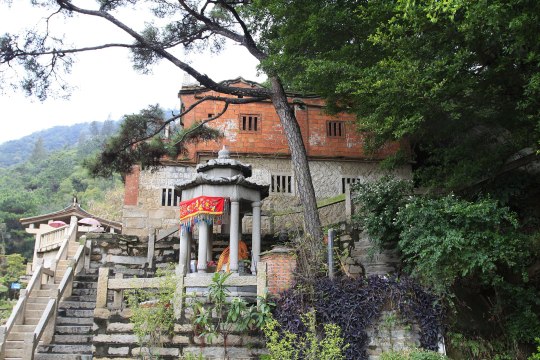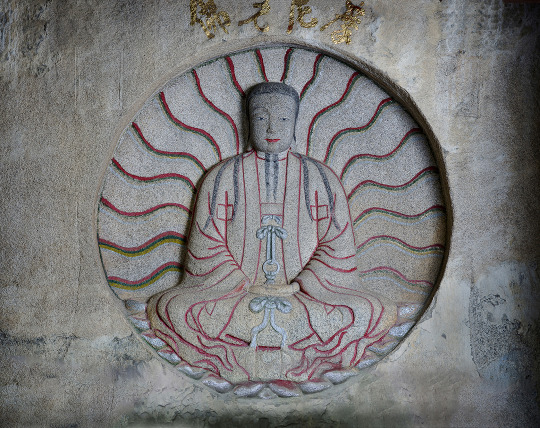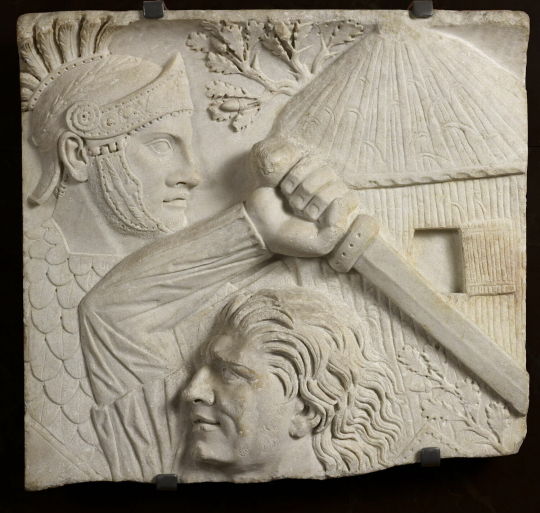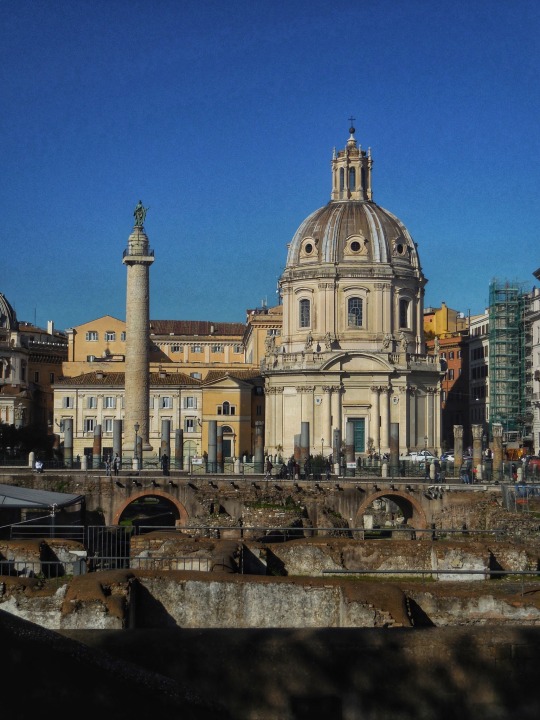#architectural forum
Explore tagged Tumblr posts
Text

47 notes
·
View notes
Text

A Student on a ladder measuring a Corinthian order at the Temple of Jupiter Stator in Rome
by Henry Parke (Sir John Soane’s Museum, London.)
#architecture#architect#student#henry parke#john soane#sir john soane#corinthian order#neoclassical#neoclassicism#british#english#art#europe#european#italy#columns#rome#watercolour#roman forum#temple of jupiter stator#temple of castor and pollux#temple#temples#roman#greek#britain#england#ancient greek#ancient greece#ancient rome
251 notes
·
View notes
Text

The remains of the shrines in Butrint, Albania.
Part of the Roman Forum. To the north of the forum three shrines were built. As fragments of the marble inscriptions reveal, the central chamber was dedicated to Minerva Augustus.
#albania#butrint#unesco#ruins#ancint ruins#ancient greece#ancient rome#architecture#culture#unesco heritage#balkans#travel#wanderlust#antiquity#archaeology#history#ancient ruins#roman forum
37 notes
·
View notes
Text

St-Gratien. Le Forum
#st gratien#le forum#banlieue#banlieue parisienne#cité#grands ensembles#urbanisme#architecture#trente glorieuses#retro géographie
18 notes
·
View notes
Text

The Arch of Titus (81 CE)
Forum Romanum, Rome
Feb. 2024
#arch of titus#forum romanum#roman forum#triumphal arch#ancient rome#ancient roman#roman architecture#architettura#archaeology#architecture#historical architecture#lensblr#italia#italy#travel#original photography#photographers on tumblr#photography#rome#roma#wanderingjana
19 notes
·
View notes
Text



cao'an (thatched hermitage) and its manichaean remnants in jinjiang, fujian, china. though cao'an is on its surface not too different from other buddist temples, it was also manichaean, and may still be manichaean in secret. it's also one of the last standing historical manichaean places of worship in the world. this place has quite the history, so i placed it under a read more:
manichaeism is a former world religion of babylonian origin, reaching as far west as the roman empire and as far east as han china at its greatest extent. it combines elements of several other prominent religions and philosophies - the most notable factor of this is that it reveres founder mani as the final prophet in a line consisting of zoroaster, the gautama buddha, and jesus christ. it went mostly extinct due to persecution of followers throughout its multi-continent laity. manichaean places of worship were either entirely destroyed or appropriated in other parts of the world. it lasted much longer in china (until ming dynasty times) and still exists in some parts of fujian and zhejiang. these believers prefer to remain private about their current practice. what outsiders know about the religion is solely through historical records; because of its comparative longevity in china, many of those records come from there.
manichaeans tended to draw more from the religious/philosophical influences on manichaeism that were most familiar to them. (for example, while manichaeism in jerusalem may have looked more abrahamic, manichaeism in istakhr may have looked more zoroastrian.) in china, manichaeism assimilated to both buddhism and taoism; in the former case, much of it was adapted to be stylistically buddhist, and mani received the title of "buddha of light" and a life story resembling the gautama buddha's.
cao'an was constructed during the song dynasty era (specifically in the 960s), when persecution against manichaeans had been ongoing from emperor wuzong of tang's suppression of all foreign religions. (the same policies had affected zoroastrians, eastern syriac christians, and buddhists, but continued for manichaeans after.) at this time, many manichaean temples had buddhist or taoist affiliations, or disguised themselves as buddhist or taoist only. it became officially buddhist after manichaeism was banned in 1368. since abandoned, it was revived for explicit buddhist usage for a short period in the early 20th century. it's preserved as a cultural monument today.
cao'an has managed to preserve remnants of its manichaean affiliations. one is that, instead of a nianfo phrase usually seen in chinese buddhist temples, an inscription on a nearby stone dating to the 15th century reminded worshippers of "purity, light, power, and wisdom". this mantra is an adaption of manichaean cosmology in chinese manichaeism. the original stone was destroyed during the cultural revolution but the phrase was re-inscribed on another after. another is a statue that seems to portray the buddha, but is thought to actually portray mani. unlike other portrayals of the buddha, this one has long, straight hair which is worn down, different facial features and hand/head postures, and, at one point, facial hair. (this was filed off in the early 20th century by a buddhist monk to make him look more like the buddha.) it's also consistent with other portrayals of mani in chinese manichaean art.
#china#architecture#details#worship#manichaean#buddhist#shared space#my posts#'Are Manichaeans Ahl al-Kitāb' - the greatest thread in the history of Abbasid forums locked by Harun al-Rashid after 12239 pages of heate
42 notes
·
View notes
Text
Some of the sights in Rome, Italy...










#hiking#rome#ancient rome#rome italy#italy#italian#classical history#classical art#classical architecture#roman ruins#ruins#european history#european travel#cats#colloseum#roman forum#palatino#roman pantheon#trevi fountain#spanish steps#roman empire#roman republic#romulus and remus#spqr#piazza#italia#ancient history#antiquity#walking tour#urban landscape
12 notes
·
View notes
Text

A View of Trajan's Forum, Rome
Artist: Sir Charles Lock Eastlake (English, 1793–1865)
Date: 1821
Medium: Oil on Canvas
Collection: Yale Center for British Art, New Haven, CT, United States
#architecture#trajan's forum#sir charles lock eastlake#architectural subject#buildings#english painter#european art#baskets#carriage#cityscape#donkey#forum#horses#marble#men#monument#oxen#piazza#ruins#triumphal#column#wagon#women#italy#tome#oil on canvas#19th century art
12 notes
·
View notes
Text

~ Architectural relief (Fight Scene).
Date: A.D. 100-125
Place of origin: Rome (Building of Trajan's Forum? Arch of Constantine?)
Period: Imperial Period
Medium: Marble
#ancient#ancient art#history#museum#archeology#ancient sculpture#roman#ancient history#archaeology#relief#fight#fight scene#architecture#trajan#forum#rome#arch of constantine#imperial period#legionary#cuirass#helmet#warrior#a.d. 100#a.d. 125
281 notes
·
View notes
Text

The Oval Forum of Gerasa (Jerash). Illustration by Joseph Ramon Casals. Learn more / Daha fazlası https://www.archaeologs.com/w/gerasa/
#archaeologs#archaeology#archaeological#history#dictionary#gerasa#jerash#jordan#ancient cities#oval forum#forum of jerash#illustration#roman architecture#arkeoloji#tarih#sanat#antik kentler
27 notes
·
View notes
Text

Foro romano, Roma, 2019.
#architecture#renaissance#archaeology#roman empire#roman forum#roma#lazio#italia#photographers on tumblr#2017
80 notes
·
View notes
Text

View of the Forum Romanum by Salomon Corrodi
#salomon corrodi#art#roman forum#forum romanum#rome#ancient rome#ancient roman coins#roman#antiquity#architecture#city#ancient#europe#european#history#italy#ruins#landscape
640 notes
·
View notes
Text

Tokyo, Japan 2023 © Christian Baumgarten
#x100v#fujixseries#fujifilm#japan#tokyo#architecture#Rafael Viñoly#light and shadow#Tokyo International Forum#glass#structure
11 notes
·
View notes
Text


Views of the Roman Forum from the Capitoline Museums.
Feb 19, 2024
#italia#italy#Rome#Roma#original photography#photography#travel#architecture#photographers on tumblr#lensblr#historical architecture#Ancient Rome#Roman forum#ancient architecture#archaeology#wanderingjana
28 notes
·
View notes
Photo

Another from Rome, more columns against the sky - The Roman Fourm
#roman forum#ancient rome#rome#antiquity#classic architecture#architectural photography#original photography#photographers on tumblr#luxlit#lensblr#b&w#B&W Photography
91 notes
·
View notes
